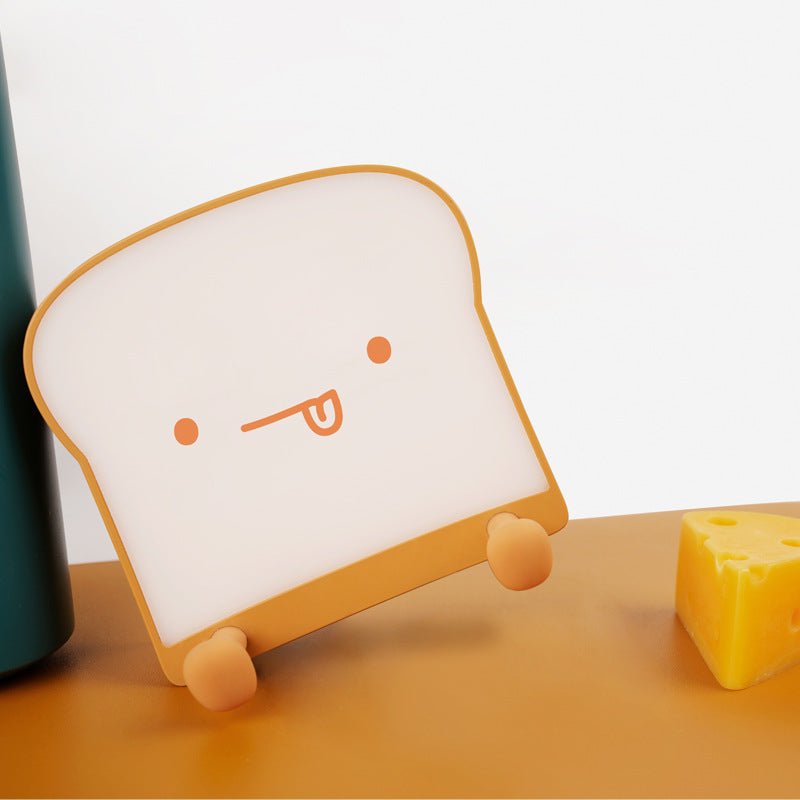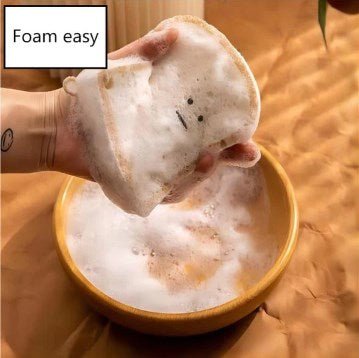Cellulose is a major structural fiber found in the cell walls of plants. This organic compound is almost ubiquitous in all plants and is one of the most abundant fibers on Earth. Cellulose has many uses, including the production of sponges and cellulose wipes or cloths. In this response, we will explore how they are made, how they are used, and their advantages and disadvantages.
Why use cellulose sponges?
Artificial cellulose sponges are some of the most common cleaning sponges. The pores on the cellulose sponge are designed to absorb and hold liquids as you use them. They can last through some quite tough cleaning jobs. Cellulose wiping cloths are another, flatter form of cellulose sponge. You can use these rectangular, flat sponges in place of paper towels or for dusting and polishing. If maintained properly and biodegradable, they can be reused for up to six months.
You can use cellulose sponges and wipes to clean a variety of surfaces:
• Dishes
• Kitchen countertops
• Kitchen sinks
• Appliances
• Floors
• Bathroom countertops and sinks
• Showers and tubs • Tiles • Glass
What are cellulose sponges?
Cellulose sponges are primarily made from wood fibers. Although they are manufactured, they are more environmentally friendly than plastic sponges because they undergo a less toxic manufacturing process and biodegrade in landfills.
How are cellulose sponges made?
Cellulose sponges are primarily made from wood pulp. Other common materials used in cellulose sponges include hemp fibers, sodium sulphate crystals, and softening agents. These sponges are soft in their sealed packaging because they are typically treated with soap to keep them pliable. This treatment also helps prevent bacteria from growing inside the package before purchase. Thoroughly rinse them before using the sponge for the first time.
Advantages
Cellulose sponges are suitable for bathroom surfaces, countertops, utensils, and daily spills. To differentiate their intended use, you can assign a brightly colored sponge to one task, and another sponge to another use.
These sponges come in fun shapes that fit comfortably in your hand: rectangular, curved, or oval. You can also cut them into smaller sizes to provide more uses for each sponge.
You can also choose to purchase cellulose sponges with scrubbing surfaces. The double-sided option gives you a stronger cleaning ability. However, most manufacturers use plastic or polyurethane to make the scrubbing side. Some eco-conscious brands have developed a scouring pad made of coconut shells and other natural materials, so your sponge will remain 100% biodegradable. For the Earth, your best option is 100% cellulose or plant-based; it's more environmentally friendly and doesn't contain any poly-anything.
Disadvantages
Cellulose sponges are more expensive than plastic sponges. Although they are more expensive than plastic sponges, they are typically a cheap item that should be thrown away if you cannot fully remove dirt particles or they become too dirty.
Cellulose sponges tend to trap residue and bacteria, making them difficult to fully rinse clean. This can cause an unpleasant odor or even mold growth if they are not dried thoroughly.





Leave a comment
All comments are moderated before being published.
This site is protected by hCaptcha and the hCaptcha Privacy Policy and Terms of Service apply.